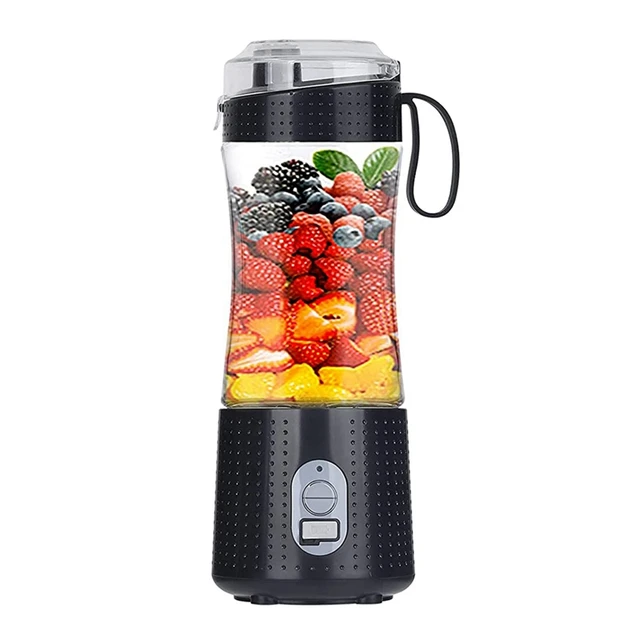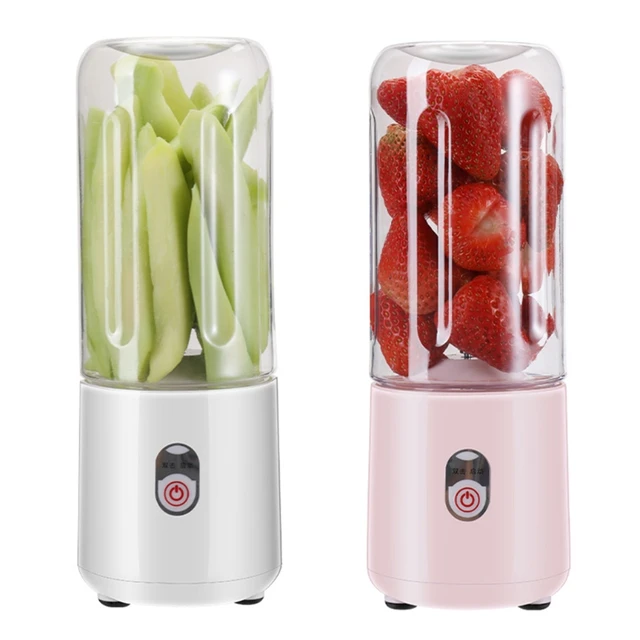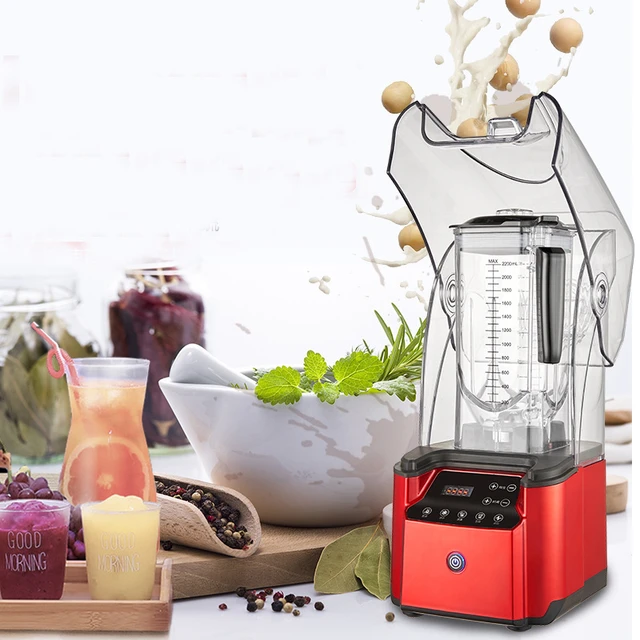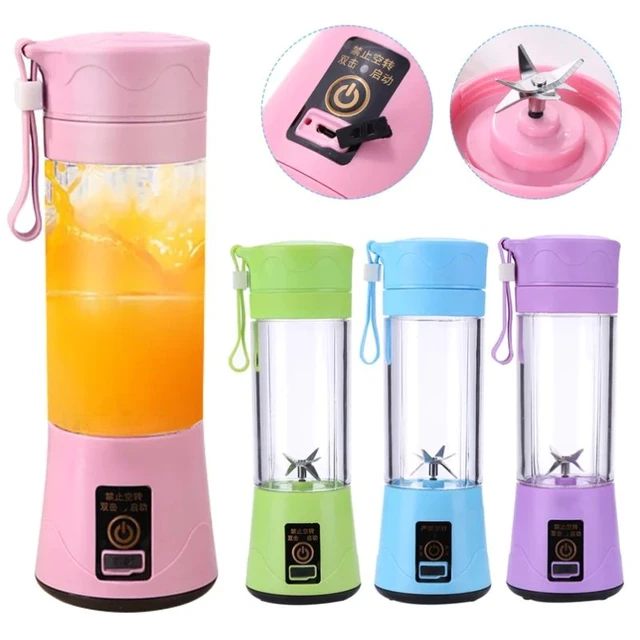
Introduction
If you’re experiencing a blinking Ninja blender and it is not blending as expected, you may be wondering what the issue could be. A blinking Ninja blender typically indicates a problem with the unit’s functionality or operation. In this guide, we will explore the possible causes behind a blinking Ninja blender and provide specific solutions to help you troubleshoot the problem and get your blender running smoothly again.

Why is my Ninja blinking and not blending?
Power and Connection Issues
1.1. Power Source
Ensure that your Ninja blender is properly connected to a working power source. Check that the power cord is securely plugged into an outlet and that the power outlet is functioning by testing it with another device. If the outlet is not working, try plugging the blender into a different outlet.
1.2. Power Interruption
A blinking Ninja blender may occur if there has been a power interruption, such as a power surge or outage. In such cases, the blender may enter a safety mode or require a reset.
1.3. Resetting the Blender
To reset your Ninja blender, unplug it from the power source and leave it unplugged for a few minutes. Then, plug it back in and try operating it again. The blinking lights should stop, and the blender should function normally.
Blending Container and Lid Issues
2.1. Proper Assembly
Ensure that the blending container and its lid are properly assembled. The blending container should be securely attached to the base unit, and the lid should be properly locked into place. Any misalignment or improper fitting can trigger the blender’s safety mechanisms, causing a blinking light.
2.2. Lid Sensor
Many Ninja blenders have a lid sensor that is activated when the lid is securely in place. If the sensor does not detect the lid properly, the blender will not operate and may display a blinking light. Check the lid to ensure that it is clean, undamaged, and properly seated on the blending container.
2.3. Cleaning the Lid Sensor
Clean the lid sensor area with a damp cloth to remove any dirt, debris, or food particles that may be interfering with the sensor’s function. A build-up of residue on the sensor can prevent it from detecting the lid properly, leading to a blinking light.

Overload Protection and Motor Issues
3.1. Overloading the Blender
Overloading the blender with excessive ingredients or running it for an extended period can trigger the overload protection feature, causing the blender to blink and not operate. This feature is designed to protect the motor from overheating and potential damage.
3.2. Reducing the Load
Remove some ingredients from the blending container to reduce the load and enable the blender to operate within its capacity. Check the manufacturer’s guidelines for the recommended maximum capacity of your specific Ninja blender model.
3.3. Allowing the Motor to Cool
If the overload protection is activated, the blender may need time to cool down before it can be operated again. Leave the blender unplugged and allow it to sit for approximately 15 to 30 minutes. Once the motor has cooled, the blinking lights should stop, and the blender should be ready for use.
3.4. Motor Malfunction
In some cases, a blinking Ninja blender may indicate a malfunctioning motor or other internal issues. If you have thoroughly checked the power connection, lid assembly, and load capacity, but the blinking persists, it may be necessary to contact Ninja customer support or a certified technician for further assistance or repair.

System Errors and Safety Features
4.1. System Malfunctions
A blinking Ninja blender may be an indication of a system malfunction. System malfunctions can occur due to various factors, including electronic errors and software glitches. In such cases, the blender’s safety features can trigger a blinking light to prevent any potential hazards.
4.2. Safety Locks and Latches
Check all safety locks and latches on your Ninja blender to ensure they are functioning properly. If any of these components are not engaged correctly, the blender will not operate, and a blinking light may indicate the issue.
4.3. Resetting the System
In the event of a system error or malfunction, try resetting the blender by following the manufacturer’s instructions. This generally involves unplugging the blender, holding down specific buttons or switches for a certain period, and then plugging it back in. Refer to the user manual or contact Ninja customer support for guidance on resetting your specific model.
Contacting Ninja Customer Support
5.1. Troubleshooting Resources
If you have gone through the troubleshooting steps without success, reach out to Ninja customer support for further assistance. Ninja provides customer support via phone, email, or online chat. Explain the issue you are experiencing, the troubleshooting steps you have already taken, and any error codes or blinking patterns you observed. They can provide additional guidance, warranty information, or recommend further actions to resolve the problem.

Routine Cleaning and Maintenance
6.1. Regular Cleaning
Regular cleaning and maintenance of your Ninja blender can help prevent common issues and keep it running smoothly. After each use, rinse the blending container and lid with warm water and mild dish soap to remove any residue. Avoid leaving food particles or liquids sitting in the blender for extended periods, as this can lead to clogs or odors.
6.2. Removing Buildup
Over time, minerals or residue from ingredients may accumulate in the blending container or on the blades, affecting the blender’s performance. To remove buildup, fill the blending container with a mixture of equal parts water and white vinegar. Let it sit for about 15 minutes, then blend on a low setting for a short duration. Rinse thoroughly with water.
6.3. Blade Inspection and Replacement
Regularly inspect the blender blade for any signs of wear, damage, or dullness. If you notice any issues, such as bent or chipped blades, it may be necessary to replace them. Contact Ninja customer support or consult the user manual for guidance on replacing blades.
6.4. Lubricating the Base Unit
Some Ninja blender models have removable blades that sit on a metal shaft. These shafts may benefit from occasional lubrication to ensure smooth operation. Refer to the user manual or contact Ninja customer support for guidance on lubricating the base unit, as specific models may vary in terms of maintenance requirements.

Conclusion
A blinking Ninja blender that is not blending can be frustrating, but with the right troubleshooting steps, you can address the issue and get your blender functioning again. Start by checking the power connection, lid assembly, and load capacity, as well as cleaning the lid sensor. Resetting the blender and allowing it to cool down are also important steps to consider. If the problem persists, it may indicate a motor malfunction, system error, or other internal issues that require contacting Ninja customer support or a certified technician for further assistance. By following these troubleshooting guidelines and seeking appropriate support, you can resolve the blinking issue and continue enjoying the convenience and functionality of your Ninja blender.